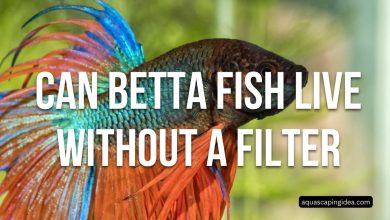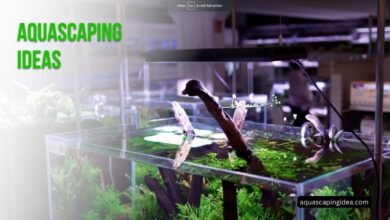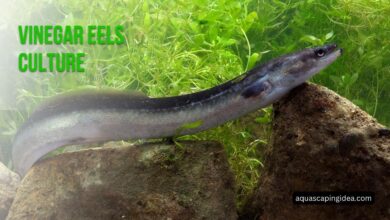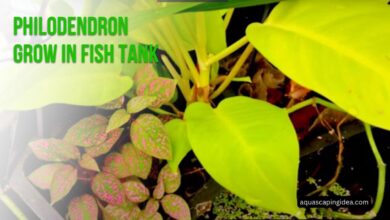Are Sponge Filters Good Filters?
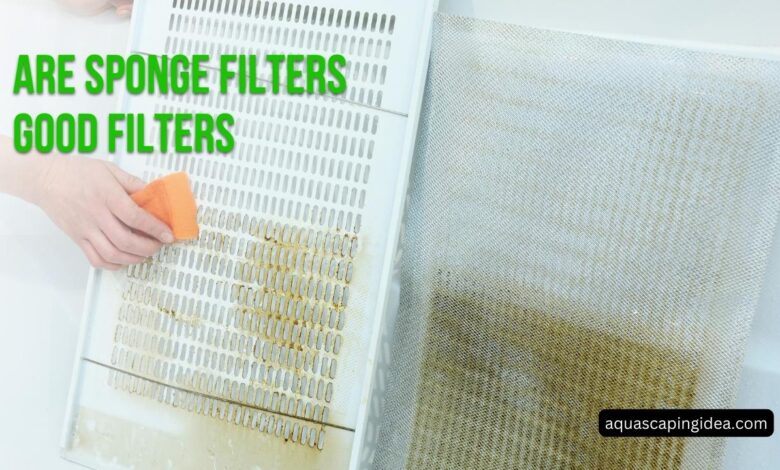
Among the vast range of aquarium filter options claiming superior mechanical, biological and chemical multi-stage purification abilities, seemingly primitive air-powered sponge filters with no media baskets or functionality still manage to maintain considerable niche popularity due to sheer simplicity and cost. Yet with sophisticated filtration systems now broadly available, are these traditional sponge filters truly still effective aquarium filtration solutions?
Evaluating the Value of Utilizing Sponge Filtration
What Sponge Filters Do Sponge filters represent arguably the most elementary design of available aquarium filtration products currently offered. A simple airlift tube attaches to an airline powered by an air pump or secondary filtration system to create water flow pulling through a thick porous sponge media block. Water passes through the sponge, gets pulled up the lift tube, then flows back out the top into the tank. This creates gentle circulation while trapping particulate debris within the sponge pores. The elevated oxygen exposure also facilitates supplemental biological filtration.
Benefits of Sponge Filters
For all their straightforwardness, sponge filters deliver several compelling strengths:
- Inexpensive to obtain and operate
- Capable mechanical and supplemental biological filtration
- Very gentle water movement avoids disturbing delicate fish
- Easy to clean through sponge squeezing/rinsing
- Portable between tanks for quick filtration
- Extremely durable, long-lasting components
- No impellers or parts to clog or break
- Adds supplemental oxygenation
When used strategically in appropriate niche tanks where simplicity takes priority over maximum flow rates or clarity, sponge filters can serve smaller aquariums quite effectively at a very reasonable cost.
Limitations of Sponge Filters
Sponge filters may excel regarding affordability and durability, but face substantive filtration performance limitations in larger general aquarium applications, including:
- Very low flow rates under 100 GPH in most units
- Limited chemical filtration ability
- Strictly dependant on air pump operation
- Can rapidly clog without prefiltration
- Minimal water turnover capacity
- Difficult to supplement or expand
- Prone to output clogging
For these reasons, heavily stocked community aquariums, planted tanks and sensitive marine setups require more comprehensive filter systems rather than sole reliance on basic sponge filtration to effectively support inhabitants long-term.
Ideal Sponge Filter Applications
Given their pros and cons, several ideal aquarium categories exist where sponge filters shine brightest:
- Fry Grow Out Tanks – Gentle circulation suits raising baby fish
- Hospital/Quarantine Tanks – Portable between tanks; easily sterilized
- Shrimp/Planted Tanks – Avoid disturbing inhabitants with delicate flow
- Supplemental Filtration – Extra bio-sites help high stocked tanks
Employing a sponge filter to complement an existing hang-on-back or canister filter configuration takes advantage of supplemental oxygenation and water polishing they provide without depending on sponge filtration alone.
Maximizing Sponge Filter Performance
While limited in scope, a few configuration tweaks help maximize sponge filter filtration abilities:
- Place near the bottom with lift tube top above the waterline for optimal flow
- Clean every 2 weeks using old tank water to retain bacteria
- Use double density sponges with a coarse outer layer trapping debris
- Add filter media bags of activated carbon/ammonia remover for chemical filtration
- Install prefilter intake strainers to prevent rapid clogging
- Combine with air stones for added surface agitation
Following these best practices allows efficiently overcoming some inherent sponge filter challenges.
The Verdict on Sponge Filtration Viability
When used strategically in niche applications, time-tested sponge filters absolutely still maintain legitimate value for the gentle supplementary filtration they provide. However, exclusively relying upon basic single sponge systems fails to support general community and planted tanks long term. Employing sponge filtration as just one piece of a comprehensive filtration plan allows benefiting from their strengths while circumventing limitations through a blended approach!
Frequently Asked Questions
What types of tanks are sponge filters best for?
Sponge filters work well for fry tanks, shrimp tanks, hospital tanks and planted aquariums where gentle water flow proves beneficial. They struggle in larger heavily stocked community tanks.
Can multiple sponge filters be combined on one air pump?
Yes, air control valves can divide airflow from a single pump to power several sponge filters simultaneously. Add more sponges gradually over weeks.
How do you clean a sponge filter?
Rinse sponge filters every 2-4 weeks using old tank water rather than chlorinated tap water to retain good bacteria helping filtration. Avoid completely wringing out sponges when rinsing.
What lift tube diameter should I use?
For tanks under 20 gallons, use a 1/2” lift tube. For 20-40 gallon aquariums, use a 5/8” tube. Larger tanks may benefit from 3/4″ to 1″ tubes depending on selected pump capacity.
Can I modify my sponge filter’s output flow rate?
Yes, installing a spray bar kit on the lift tube outlet helps reduce turbulence and diffuse flow to lower overall output GPH ratings.
Conclusion
While limited in biological media capacity and supplemental chemical filtration functionality, time-tested sponge filters absolutely still maintain value among modern aquarium gear for the affordable gentle filtration and oxygenation they reliably provide various niche aquatic habitats when utilized properly. Employing sponge filtration as one piece of a comprehensive water quality plan allows efficiently benefiting from their strengths while addressing limitations through a blended approach!
